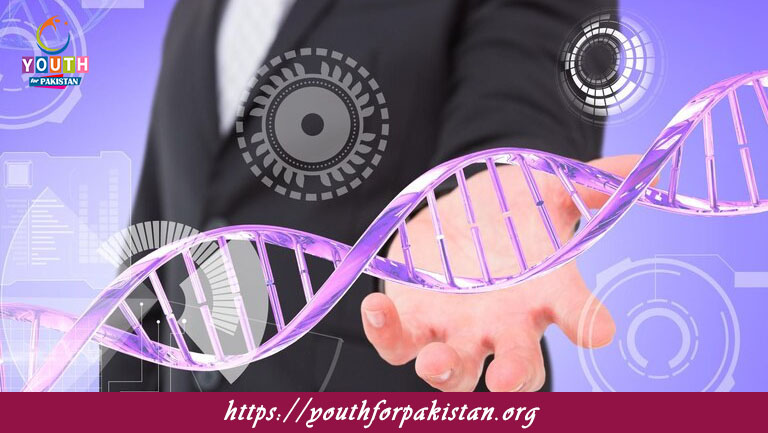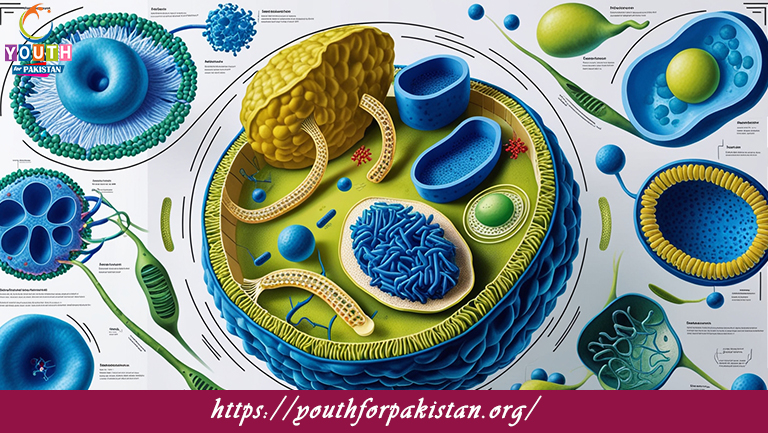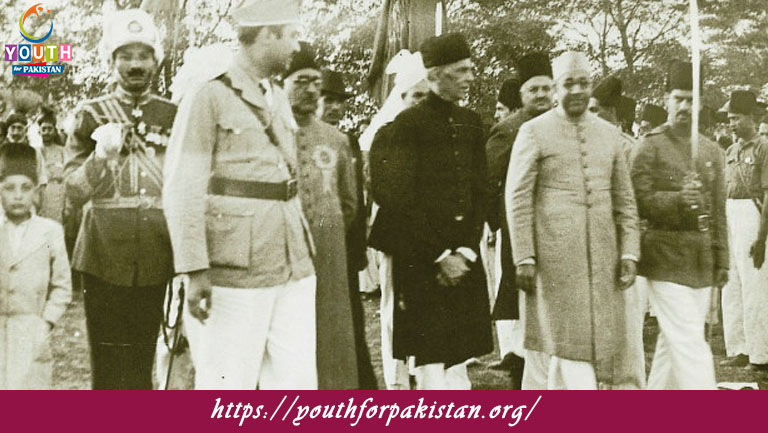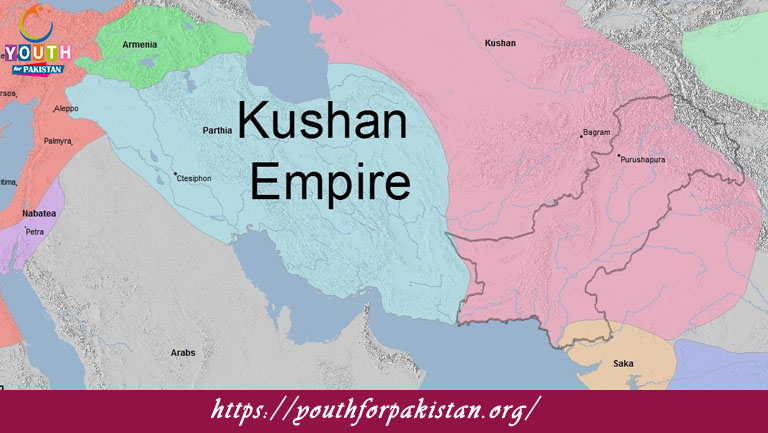Welcome to the Statistics And Probability Relevant To Genetics MDCAT MCQs with Answers. In this post, we have shared Statistics And Probability Relevant To Genetics Multiple Choice Questions and Answers for PMC MDCAT 2024. Each question in MDCAT Biology offers a chance to enhance your knowledge regarding Statistics And Probability Relevant To Genetics MCQs in this MDCAT Online Test.
In a dihybrid cross, what is the probability of obtaining an offspring with both dominant traits?
a) 1/16
b) 9/16
c) 3/16
d) 1/4
The probability of obtaining a homozygous recessive offspring in a monohybrid cross is:
a) 1/2
b) 1/4
c) 1/16
d) 3/4
If two heterozygous individuals (Aa) are crossed, the probability of getting a heterozygous offspring is:
a) 1/4
b) 1/2
c) 3/4
d) 1/8
The probability of inheriting two recessive alleles from two heterozygous parents is:
a) 1/2
b) 1/3
c) 1/4
d) 3/4
In a cross between two heterozygous individuals, what is the probability of getting a dominant phenotype?
a) 1/4
b) 1/2
c) 3/4
d) 1/16
The probability of obtaining an offspring with a specific genotype in a monohybrid cross is determined using:
a) Punnett square
b) Hardy-Weinberg equation
c) Chi-square test
d) Gene mapping
If two parents are heterozygous for two traits (AaBb), what is the probability of getting an offspring with genotype AABB?
a) 1/16
b) 9/16
c) 3/16
d) 1/4
What is the probability of getting a homozygous dominant offspring in a cross between Aa and Aa?
a) 1/4
b) 1/2
c) 3/4
d) 1/16
The probability of independent events occurring together is calculated by:
a) Addition rule
b) Subtraction rule
c) Multiplication rule
d) Division rule
In a dihybrid cross, what is the probability of getting offspring with only recessive traits?
a) 9/16
b) 1/4
c) 1/16
d) 3/16
The probability of a child inheriting a dominant allele from one heterozygous parent is:
a) 1/2
b) 1/4
c) 3/4
d) 1/8
In probability, the chance of two independent events both occurring is found by:
a) Adding their individual probabilities
b) Multiplying their individual probabilities
c) Dividing their individual probabilities
d) Subtracting their individual probabilities
In a monohybrid cross between two heterozygous individuals, what is the probability of getting an offspring with a homozygous dominant genotype?
a) 1/4
b) 1/2
c) 3/4
d) 1/8
If a couple both have genotype Aa, what is the probability their child will have genotype aa?
a) 1/4
b) 1/2
c) 3/4
d) 1/16
The probability of getting a heterozygous individual in a test cross is:
a) 1/4
b) 1/2
c) 3/4
d) 1
In a genetic cross involving two traits, the probability of getting a specific combination of alleles (AaBb) is determined using:
a) Law of segregation
b) Law of independent assortment
c) Punnett square
d) Hardy-Weinberg principle
The probability of obtaining an offspring with a specific trait is calculated by:
a) Adding their individual probabilities
b) Subtracting their individual probabilities
c) Multiplying their individual probabilities
d) Dividing their individual probabilities
In a test cross, what is the probability of getting an offspring with a recessive phenotype if the unknown genotype is heterozygous?
a) 1/4
b) 1/2
c) 3/4
d) 1
The sum of all probabilities of all possible outcomes in a genetic cross must equal:
a) 1/2
b) 1
c) 3/4
d) 1/4
In a cross between AaBb x AaBb, what is the probability of getting an offspring with the genotype AABb?
a) 1/16
b) 1/8
c) 1/4
d) 3/4
If two heterozygous parents are crossed, what is the probability of producing a homozygous recessive offspring?
a) 1/2
b) 1/3
c) 1/4
d) 3/4
The probability of an event not occurring is equal to:
a) 1 minus the probability of the event occurring
b) The square of the probability of the event occurring
c) The inverse of the event occurring
d) The probability of the event occurring
What is the probability of getting an offspring with genotype AaBb from two parents who are AaBb?
a) 1/2
b) 1/4
c) 1/16
d) 9/16
In genetics, the likelihood of an offspring inheriting a particular allele combination is calculated by:
a) Hardy-Weinberg equilibrium
b) Probability theory
c) Mendel’s first law
d) Genetic mapping
What is the probability of two parents with genotype Aa producing a homozygous dominant (AA) offspring?
a) 1/4
b) 1/2
c) 3/4
d) 1/16
The expected probability of getting a dominant phenotype in a monohybrid cross is:
a) 1/4
b) 1/2
c) 3/4
d) 1
The product rule in probability applies when:
a) Two events are mutually exclusive
b) Two events occur independently
c) The outcome of one event affects the other
d) Both events cannot happen together
What is the probability of obtaining a heterozygous offspring (Aa) from a cross between Aa and Aa?
a) 1/4
b) 1/2
c) 3/4
d) 1/8
The likelihood of a genetic event occurring is known as its:
a) Frequency
b) Probability
c) Recombination rate
d) Phenotypic ratio
In a genetic cross, the probability of getting either of two mutually exclusive events is calculated using the:
a) Product rule
b) Sum rule
c) Hardy-Weinberg equation
d) Law of segregation
The likelihood of getting a recessive phenotype from two heterozygous parents is calculated using:
a) Mendel’s first law
b) Mendel’s second law
c) Chi-square test
d) Punnett square
Which probability rule would be used to determine the chance of two independent events occurring together?
a) Sum rule
b) Multiplication rule
c) Division rule
d) Addition rule
If the probability of one event is 1/4 and the probability of another event is 1/2, what is the probability that both events will occur together?
a) 1/8
b) 1/4
c) 3/4
d) 1/2
In genetics, the probability of getting a certain outcome is calculated using:
a) The law of segregation
b) The law of independent assortment
c) Punnett squares and probability rules
d) Gene mapping
If two heterozygous parents (Aa) are crossed, the probability of an offspring being heterozygous is:
a) 1/2
b) 1/4
c) 3/4
d) 1/8
In a dihybrid cross between two heterozygous parents, what is the probability of an offspring having a homozygous recessive genotype for both traits?
a) 1/4
b) 1/16
c) 9/16
d) 3/16
In a genetic experiment, the probability of an offspring being either homozygous dominant or heterozygous for a particular trait is:
a) 1/4
b) 1/2
c) 3/4
d) 1/8
If you are interested to enhance your knowledge regarding Physics, Chemistry, Computer, and Biology please click on the link of each category, you will be redirected to dedicated website for each category.








